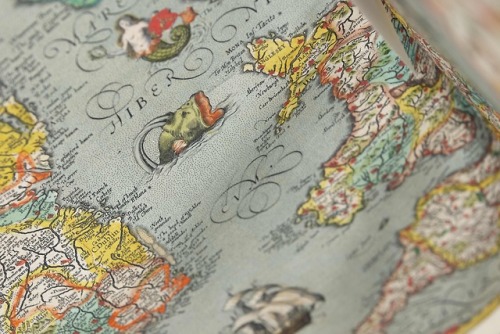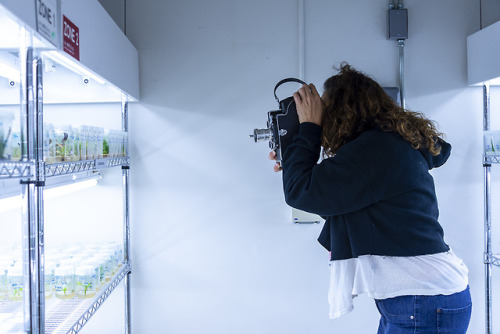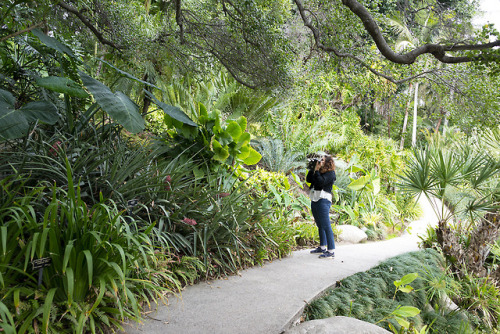#nina katchadourian
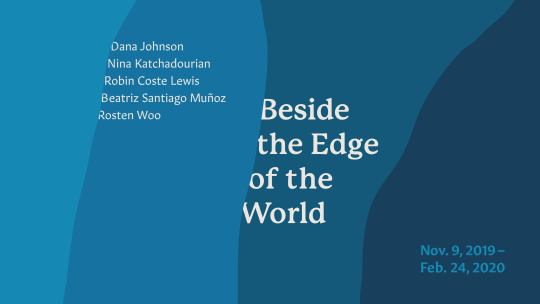
Opening this Saturday, Nov. 9: exhibition Beside the Edge of the World began with a treasured book in The Huntington’s collections: a first edition of Thomas More’s Utopia, printed in 1516. This 500-year-old text served as a jumping-off point for the fourth year of /five, The Huntington’s contemporary arts initiative, in partnership with Los Angeles arts organization Clockshop.
Three artists and two writers were invited to consider More’s classic work as they explored The Huntington’s collections. The process of discovery started with ideas of mapping borders and edges, temporarily forgotten histories, peoples whose lives had been carefully recorded—and then forgotten—and utopian experiments in communal living. Many of these places and the people who challenged the dominant narratives of history existed on the periphery.
Read more about each project below:

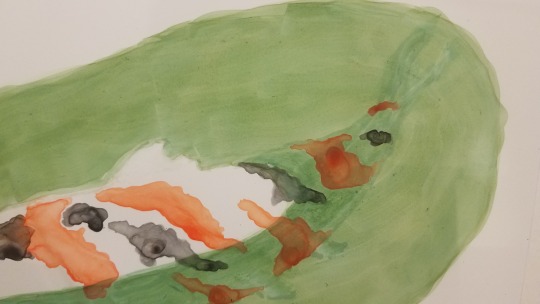
ArtistNina Katchadourian’s work Strange Creature was inspired by The Huntington’s collection of sixteenth- and seventeenth-century maps and books, as well as the ancient Chinese mythological text Shan Hai Jing(Guideways through Mountains and Seas). The myriad of creatures depicted in these ancient texts offered a challenge: How much have we really seen of the world, and how well do we know it? Katchadourian imagined a creature, somewhat familiar but also strange, slowly surfacing from our own Chinese Garden’s Lake of Reflected Fragrance. Her installation suggests that there is more around us than we can see or perceive—literally, and perhaps also in an otherworldly sense. See if you can catch a glimpse of her creation in the Chinese Garden.

WriterRobin Coste Lewis was inspired by a particular passage in Henry David Thoreau’s canonical Walden; or, Life in the Woods. In a chapter titled “Former Inhabitants; and Winter Visitors,” Thoreau describes the community of free Blacks that had been living around Walden Pond long before Thoreau arrived. For Lewis, this passage contained a hidden call to the rediscovery of African American histories woven into the story of Concord, Massachusetts, and hence, America. In order to extend Thoreau’s experiment, she omitted much of the chapter’s text and rearranged the remaining lines to emphasize, lyrically, the free Black community that had once called the woods home.

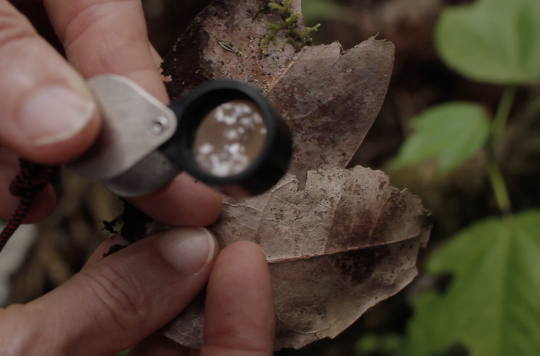
Artist Beatriz Santiago Muñoz’s film Laurel Sabino y Jagüilla takes its title from a species native to the artist’s birthplace and home on the island of Puerto Rico, a flowering plant now endangered by logging and wood harvesting. Magnolia is an ancient genus, dating back 20 million years; its family, Magnoliaceae, has survived ice ages, mountain formation, and continental drift. Filmed in the rain forest of Puerto Rico and in the gardens of The Huntington, the work imagines the relationship of Magnolia splendens to utopia, photography, soil, vision, and time.

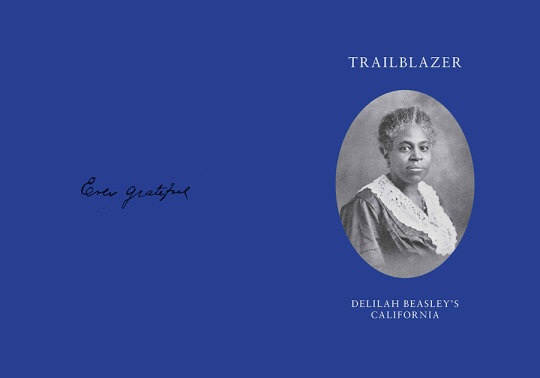
Writer Dana Johnson’s short story Our Endless Ongoing reimagines the life of Delilah Beasley in early twentieth-century California. Delilah Leontium Beasley (1871–1934), an American historian and columnist for the Oakland Tribune, was one of the first African American women to be published regularly in a major metropolitan newspaper. She also became the first person to document the overlooked but significant history of California’s Black pioneers, in her book The Negro Trail-Blazers of California (1919), published the same year as the founding of The Huntington.

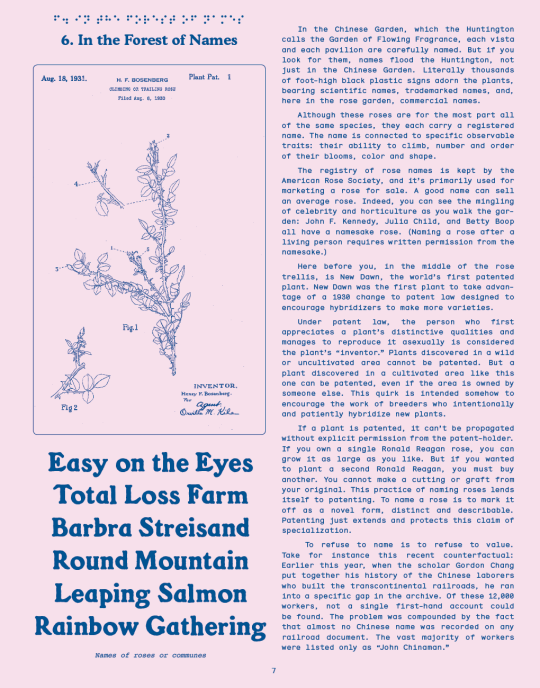
Artist Rosten Woo created Another World Lies Beyond as a series of interrelated stories told through audio, projection, and artifact, installed in the gallery and in the gardens to invite contemplation and political reflection. The narrative through-line is the life and work of Robert V. Hine (1921–2015), a scholar of California utopian communities whose papers are housed at The Huntington. Each audio story offers a glimpse of an idea of the perfect state and the world just beyond it. Additionally, a short animated film by Woo brings together all the illustrations from John Russell Bartlett’s failed 1857 survey of the U.S.–Mexico border, included in the Report on the United States and Mexican Boundary Survey.
images:
Nina Katchadourian looks at maps from Theatrum Orbis Terrarum (Theatre of the World) by Abraham Ortelius, ca. 1606. Photo by Kate Lain.
Nina Katchadourian (b. 1968), Study for “Strange Creature,” 2019. Watercolor, pencil, gouache on paper. Courtesy of the artist, Catharine Clark Gallery, and Pace Gallery.
Robin Coste Lewis (b. 1964), excerpt from poetry chapbook Inhabitants and Visitors, Los Angeles, Clockshop, 2019.
Beatriz Santiago Muñoz filming in The Huntington’s gardens. The Huntington. Photo by Kate Lain.
Beatriz Santiago Muñoz (b. 1972), film still from Laurel Sabino y Jagüilla, 2019. Courtesy of the artist.
Dana Johnson at The Huntington. Photo by Kate Lain.
Dana Johnson (b. 1967), “Our Endless Ongoing” featured in Trailblazer: Delilah Beasley’s California, Los Angeles, Clockshop, 2019.
Rosten Woo at The Huntington. Photo by Kate Lain.
Rosten Woo (b. 1977), excerpt from Another World Lies Beyond, 2019.
Support for this exhibition is provided by the Mike Kelley Foundation for the Arts, the Philip and Muriel Berman Foundation, the Pasadena Art Alliance, and WHH Foundation.
Beside the Edge of the World is a Huntington Centennial Exhibition. The Huntington’s Centennial Celebration is made possible by the generous support of Avery and Andrew Barth, Terri and Jerry Kohl, and Lisa and Tim Sloan.
It’s 2019, and we’ve got five brand new artists-in-residence at The Huntington! Dana Johnson, Nina Katchadourian, Robin Coste Lewis, Beatriz Santiago Muñoz and Rosten Woo will all be creating new work inspired by our collections, focused around the theme of “utopia.”
Nina Katchadourian has been searching for monsters in the Library—in medical texts, ancient maps, and rare books.
Her interest in the subject stems from the idea that “Monsters quite readily make people think, fearfully and somewhat negatively, of unknowns, or of the unknowable—things that, in the way they seem different from what we think we are and what we think we know, are ultimately threatening. However, I am more interested in monsters as a catalyst for the imagination, as a kind of prompt that may help us to think—hopefully—about what we still don’t know and what may not be as fixed as we think it is.”
PoetRobin Coste Lewis has been researching John James Audubon’s life and work, with a specific focus on the landscapes and homes he depicted in the backgrounds of his illustrations.
WriterDana Johnson has been researching the work of Delilah Beasley, a historian and news columnist who wrote about black pioneers in her book “Negro Trail-Blazers of California.”Johnson is also interested in the historic black community Allensworth, a California town founded in 1908.
Beatriz Santiago Muñoz has been exploring the plant cryopreservation lab at The Huntington, as she is interested in the implications of creating a "Noah’s Ark” of seeds. Working with botanical curators, her focus has been on the preservation of Magnolia splendensandportoricensus, two tree species that are endangered. Both are trees are native to Puerto Rico, where Muñoz is from.
Muñoz has also spent time filming in the themed, manicured gardens of The Huntington, a contrast to the native habitats of her homeland.
Rosten Woo has been researching the papers of Robert Hine, a scholar of the American West whose research focused on early utopian settlements in California. He has also been studying landscapes produced during an expedition led by John Russell Bartlett. Bartlett was hired to draw the border between Mexico and the U.S. after the Mexican American War in 1846.
Woo is interested in how these communities were formed and funded, and in exploring the relationships between “utopias” and the outside world
The Huntington is collaborating with Clockshop for the fourth year of our contemporary arts initiative /five. The project will culminate in an exhibition that opens in November 2019.Images:
Nina Katchadourian looking at maps from “Theatrum Orbis Terrarum,” (“Theatre of the World”) by Abraham Ortelius, ca. 1606. The Huntington Library, Art Collections, and Botanical Gardens.
John James #Audubon, detail from “Birds of America,” 1827–38. The Huntington Library, Art Collections, and Botanical Gardens.
Frontispiece of #DelilahBeasley’s “Negro Trail-Blazers of California,” 1919. The Huntington Library, Art Collections, and Botanical Gardens.
Beatriz Santiago Muñoz filming in The Huntington’s cryopreservation lab and gardens.
Rosten Woo looking at materials from the Robert Hine and John Rusell Bartlett papers.
Post link


